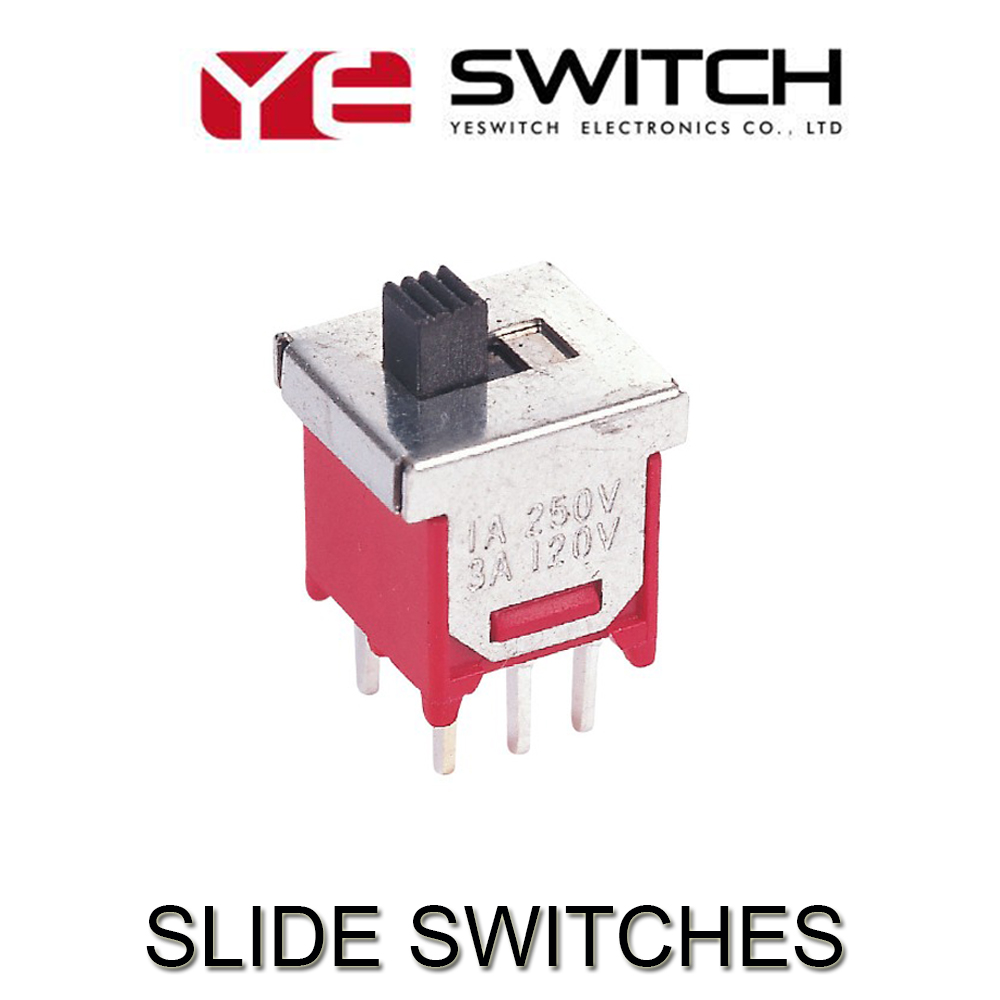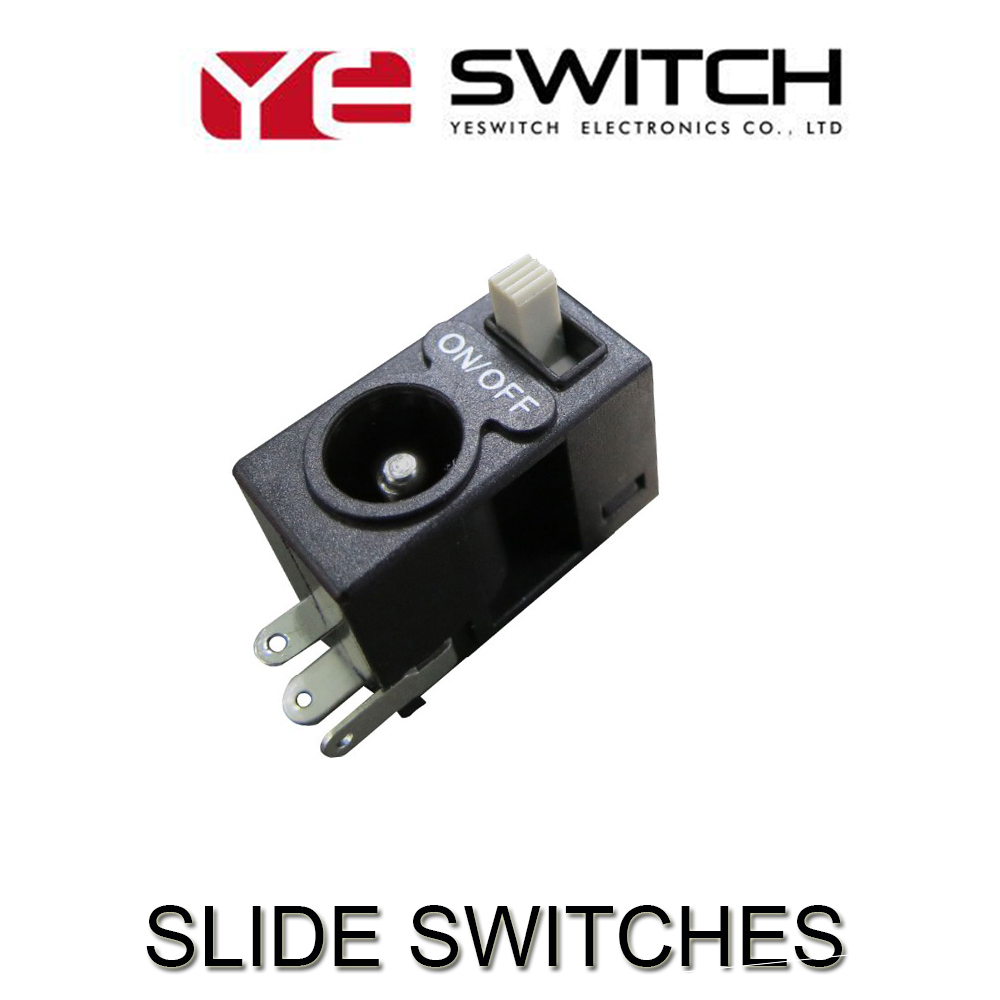In the first half of this year, the LED industry has undergone major changes. The upstream is still in a stagnant state, with overcapacity, and companies that originally planned large-scale investments have slowed their production capacity. In the middle of the first quarter of this year, the market has warmed up, but by the end of the second quarter, both large enterprises and small and medium-sized enterprises, profits have fallen, and even worse, some packaging companies have declared bankruptcy.
For the field of downstream lighting, there have been some new developments this year. First of all, the national government has introduced a number of favorable policies to stimulate domestic demand. Secondly, domestic lighting companies have arranged channels to intensify the penetration of distribution channels.
How does the upstream survive? How to break through in the middle reaches? How to reconstruct the downstream market structure? "The outbreak of the world war, the restructuring of the industrial structure." On August 17th and 18th, 2012, the ninth high-tech LED industry summit held concurrently with the 2012 Gaogong LED Exhibition, the first CEO conference was held, and LED giants from overseas and Taiwan, and domestic LED listed companies were invited. The high-level, jointly explore the road of industrial development under the globalization of LED competition.
Difficult upstream: Survival or waiting?
According to the statistics of the High-tech LED Industry Research Institute (GLII), there are 46 LED chip projects in China between 2009 and 2010, and there are as many as 16 projects that have not been put into production, accounting for 35% of the total number of projects. This year, the chip is overcapacity, and companies have slowed down their production capacity or stopped. ,
In the first half of this year, Xu Rui Optoelectronics, which claims to be China's largest Sino-foreign joint venture LED chip project, announced that it would suspend production. Just recently, GCL Solar's four LED production bases in the country, except Xuzhou continued production, all others stopped operating. In addition, there are also LED chip projects such as Erdos Core Energy Technology, Crystal Blue Light (Quanzhou), Lixin (Yingkou) Electronics, Tianjin Excellence China Sunshine Power, Zhejiang Tongling Optoelectronics, etc. As of now, they have not entered the actual production stage as planned. .
In addition to the awaiting wait for chip makers, the days of sapphire companies are even more difficult.
According to GLII statistics, in 2011 alone, there were as many as 35 new sapphire projects in China. The crisis warning of oversupply has already sounded, and the supply of sapphire substrate in the future is bound to have a staged overcapacity.
In just two years, the global sapphire market is like a roller coaster, and it has quickly changed from a “blue sea†to a “red seaâ€. The industry generally believes that 2012 will be the most crucial year for the sapphire market. Although the market continues to be sluggish, it is also full of opportunities.
For upstream equipment manufacturers, this year is both lively and deserted. GLII statistics show that there are currently only 17 companies involved in R&D and production of crystal growth furnaces in China. Although various heavyweight and different sizes of domestic crystal growth furnaces have been unveiled in the domestic market, there are very few crystal growth furnaces that are truly recognized by domestic manufacturers and purchased on a large scale. The same is true for domestic MOCVD equipment.
What kind of upstream companies can survive? What is the possibility and operability of upstream mergers? Does the integration of the whole industry chain outweigh the disadvantages or do more harm than good? Will the upstream industry shuffle? How to shuffle?
On the afternoon of August 17, a number of global LED upstream heavyweight guests including Li Yuanjie, chairman of Jingyuan Optoelectronics, will appear at the forum to share the unique insights of leading companies.
Package breakout: up or down?
In the first half of the year, there were also different levels of “exit†in the domestic LED packaging field.
“The growth of the packaging market is not as good as expected, especially for small and medium-sized power lamps. The net profit of enterprises is basically zero.†Yin Hui, marketing director of Ningbo Shengpu Optoelectronics, said that the profit of the patch market represented by 3528 this year fell to the bottom, especially For small and medium-sized packaging companies, there is basically no profit at all.
It is understood that the market price of 3528 last year remained between 1 and 8 cents to 2 cents, and the gross profit could reach 25%. However, the price of 3528 dropped to 1 gross 4 this year, and some even sold 1 hair and 1 grain. 1 gross, 10% of the gross profit is not enough, the price of 1 hair is basically a loss. "What's even worse is that small-scale companies simply can't sell a price of 1 gross 4," Yin Hui said.
How can the packaging industry break through in a highly competitive situation? In fact, as early as last year, Hongli, Guoxing and other packaging giants have set up lighting branches, hoping to vertically integrate downstream lighting applications.
However, if the middle reaches go downstream, can it be successful?
Gong Weibin, chairman of Ruifeng, once said that the upstream and downstream extension opportunities are relatively rampant, while the downstream upstream will be more competitive. In his view, downstream to the middle, you can independently digest packaged products, do a good job of capacity matching, and do not have to lay channels. “The channels and brands of downstream lighting applications are very professional. If you don’t have professional thinking and positioning, you can’t do it downstream.â€
The middle reaches go downstream, and the dangers and opportunities coexist. Is the middle of the tour looking up or down? This year, Xiangguang, Rongchen and other packaging companies have declared bankruptcy. Where is the future of small and medium-sized packaging companies?
"In fact, the 'exit' of LED packaging is more in M&A." Dr. Zhang Xiaofei, CEO of Gaogong LED, believes that in the case of meager profits, enterprises will more rapidly expand and expand through cooperation or mergers and acquisitions of small and medium enterprises.
On the afternoon of August 17, the mid-package special session invited Liu Bangyan, the general manager of Everlight Electronics, Wang Sen, the general manager of Guoxing Optoelectronics, and Gong Weibin, the chairman of Ruifeng Optoelectronics, to discuss the living methods of the mid-stream enterprises.
The lighting market is playing a strategic layout battle
Since 2012, the global market has gradually banned incandescent lamps, which will bring huge market space for energy-saving lamps and LED lamps. LED lighting applications continue to expand under the policy push and the industry's active investment.
Philips' global LED lighting penetration data shows that the LED lighting market penetration rate has increased from 2% in 2010 to 5%-6% in 2011, and it is estimated that LED lighting penetration rate will reach 50% in 2015. . According to previous research data, when the penetration rate of a certain product reaches 10%-15%, the penetration speed will accelerate.
At present, all enterprises in the LED lighting industry chain are facing different "sudden" directions in the face of "the darkness before dawn." It is worth noting that companies engaged in the manufacture of LED lighting terminal products may become the first beneficiaries of the LED lighting market. The giants of traditional lamps and lanterns in China are also ready to take off, and the huge production capacity and long-term accumulated production experience of traditional lamps are rapidly transferred to LED lighting products. Together with its perfect marketing network, it is expected to be acquired in the emerging LED lighting market. The corresponding market share.
Local government subsidies for LED lighting are also undergoing significant changes. After the investment leap in 2010 and 2011, the local government's financial subsidy policy for mid-upstream production equipment has basically ended, and now it has begun to turn to policy support for the replacement of downstream traditional lamps. For example, Guangdong Province clearly stated in the “Implementation Plan for Promoting the Use of LED Lighting Products†that LED lighting in the field of public lighting will be popularized within three years, and that all new lighting projects invested by local government departments and state-owned enterprises and institutions will adopt LED lighting products. .
LED lighting industry is about to be detonated by rapidly growing demand. For LED lighting companies in the middle and upper reaches of the industry chain, the key now is whether they can survive short-term overcapacity and industry integration; for LED lighting companies that manufacture downstream terminals. , is the question of who is the first to start at the starting line.
On the morning of August 18th, including the general manager of Sunshine Lighting, Guan Yong, and the chairman of Debang Lighting, Ni Qiang and other guests will give a speech on the restructuring of the future lighting market. At that time, Dr. Zhang Xiaofei will also hold a discussion about the traditional entrepreneurs in the industry. Lighting and LED lighting war, lighting market structure and depth industry debate on channel construction.
For more concurrent events, please click: http://
Http://
For more information on the exhibition schedule, please click: http://

Slide Switches
The Slide Switches is used to switch the circuit by turning the switch handle to turn the circuit on or off. It is different from our other serious switches, for example, Metal Switches , Automotive Switches, Led Light Switches, Push Button Switches, Micro Switches, The commonly used varieties of Miniature Slide Switches are single pole double position, single pole three position, double pole double position and bipolar three position. It is generally used for low voltage circuits, featuring flexible slider action, stable and reliable performance. Mainly used in a wide range of instruments, fax machines, audio equipment, medical equipment, beauty equipment, and other electronic products.

The Mini Slide Switches are divided into: low-current slide switches (right), and high-current slide switches (left). Small current slide switches are commonly used in electronic toys, digital communications. High current is generally used in electrical appliances, machinery, etc.

It can divided into 4 types modals, respectively are:
1. High-current sealed switch
Its rated current is as high as 5A, and it is sealed with epoxy resin. It is a large current sealed switch. It has a variety of terminal forms, contact materials are silver, gold, switching functions. Therefore, there are many types of subdivisions. Widely used in electrical appliances and machinery
2. Single sided snap-on surface mount type slide switch
The actuator is operated on the side and the pins are patch-type, so it is a unilateral spring-back surface mount type slide switch. Widely used in communications, digital audio and video
3.4P3T in-line slide switch
The contact form is 4P3T and the pin is in-line. It is 4P3T in-line slide switch. 4P3T determines that it has 8 pairs of pins. At the same time, there are two pairs of brackets that support, fix, and ground. Widely used in building automation, electronic products
4.Long actuator jacking type slide switch
Actuator 12mm, and located at the top of the switch, it is a long actuator jacking type slide switch. Widely used in digital audio and video, various instruments / instrumentation equipment
Slide Switches
Slide Switches,Micro Slide Switch,2 Position Slide Switch,Momentary Slide Switch
YESWITCH ELECTRONICS CO., LTD. , https://www.yeswitches.com